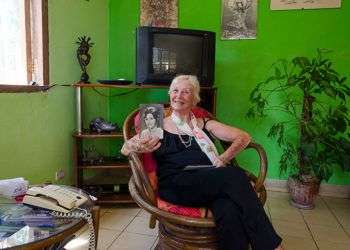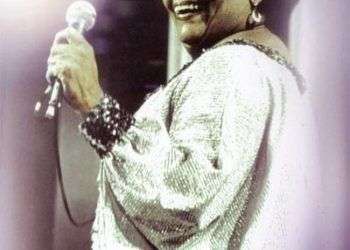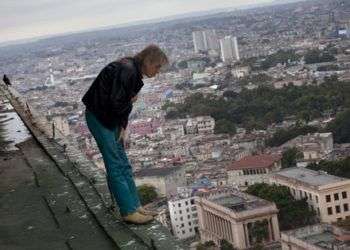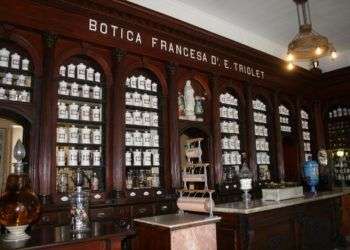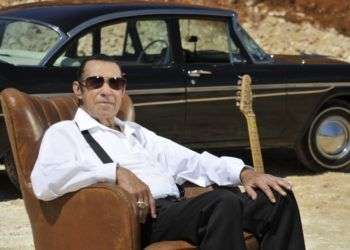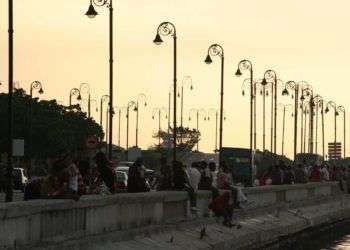Cuba, a country where borders fade
Jossette Pellé, Stanislav Verbov, Pilar Fernández and José Amoscótegui were born at different times and in different parts of the world. The first is French, the second Russian, and the other two are Spaniards. They are from different generations; and they could have gone through life without sharing any particularity to bring them together in a sentence. However, with the years, one aspect has united them: they all have made Cuba their home. Throughout Cuba’s development as a nation, and going back to its colonization by Spain, various waves of immigrants have made new beginnings here. Their reasons have been diverse, their stays on the island have varied in length, and motives have almost always included financial or romantic matters. Jossette Pellé came to Cuba in the 1960s, soon after the 1959 revolutionary victory, and she never went back. Her starting point was in Madrid—where she taught French—where she met a young Cuban doctor, an exile from the island’s Fulgencio Batista government, and crossed the Atlantic with him. Together, they arrived at Havana’s Boyeros airport,which was almost deserted at the time, without customs or immigration authorities, but with a welcoming embrace from the rebel forces as the most secure entry...

